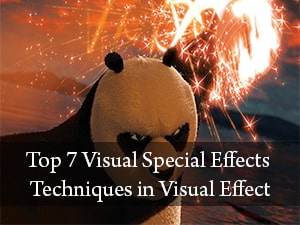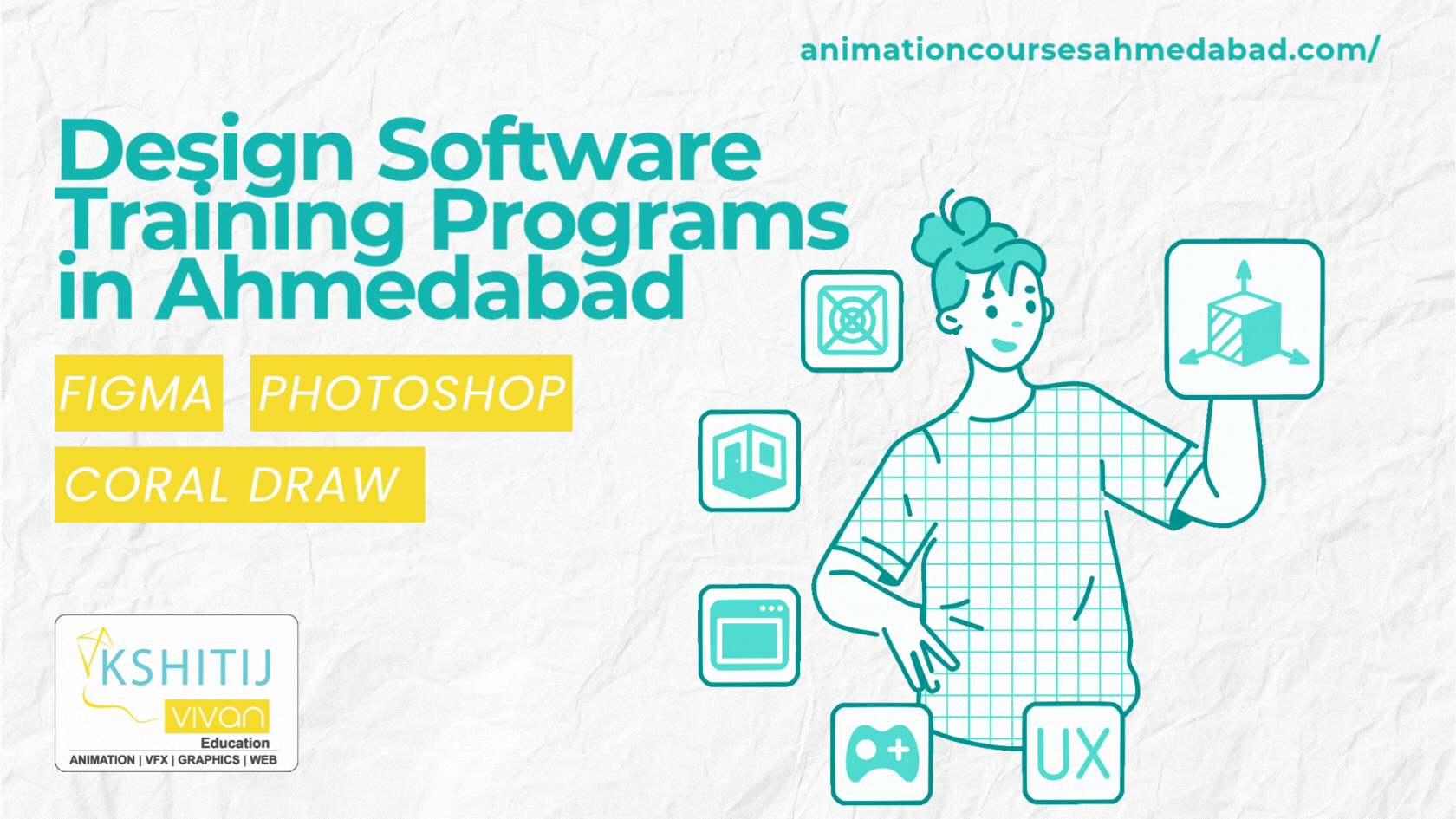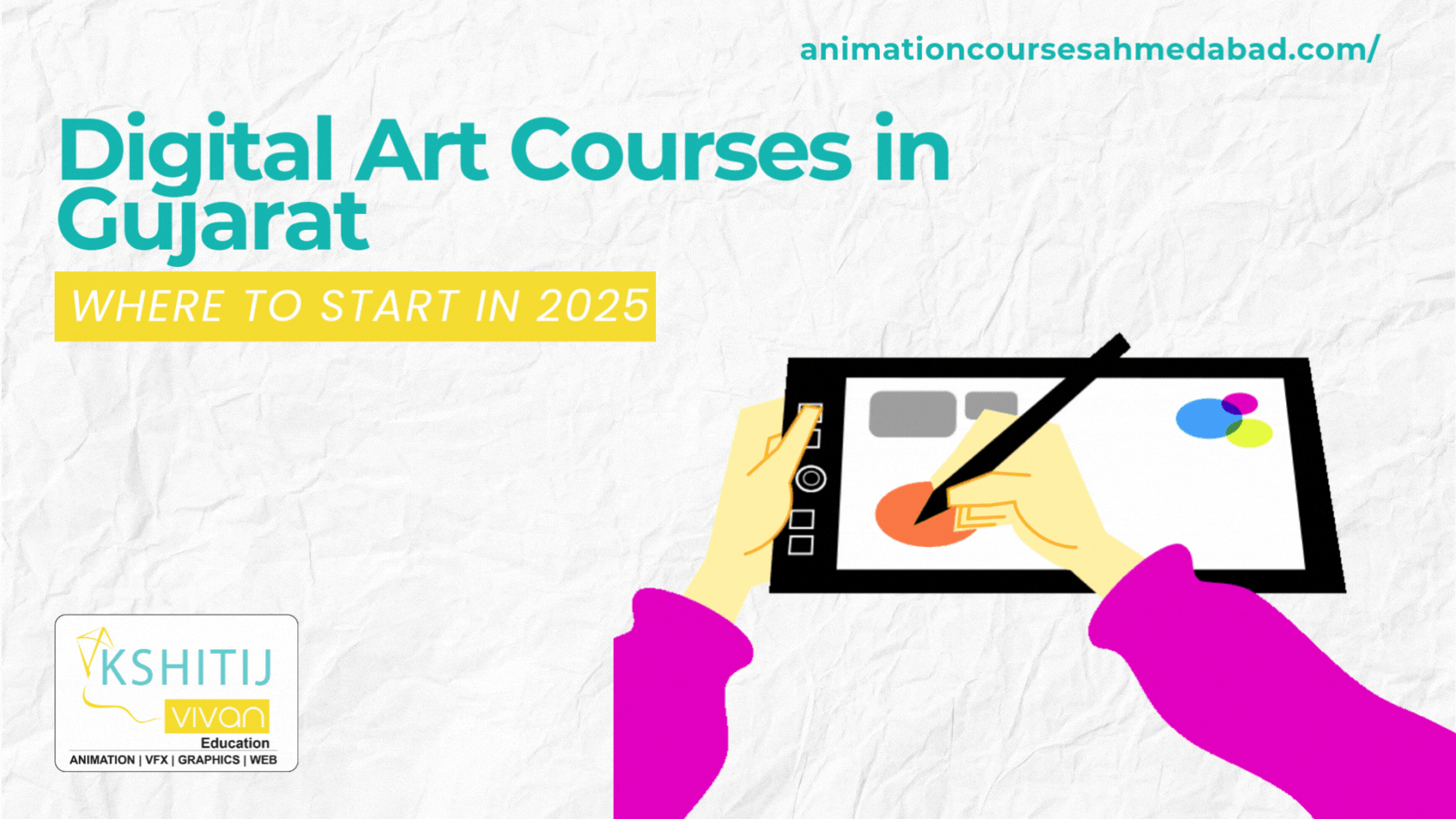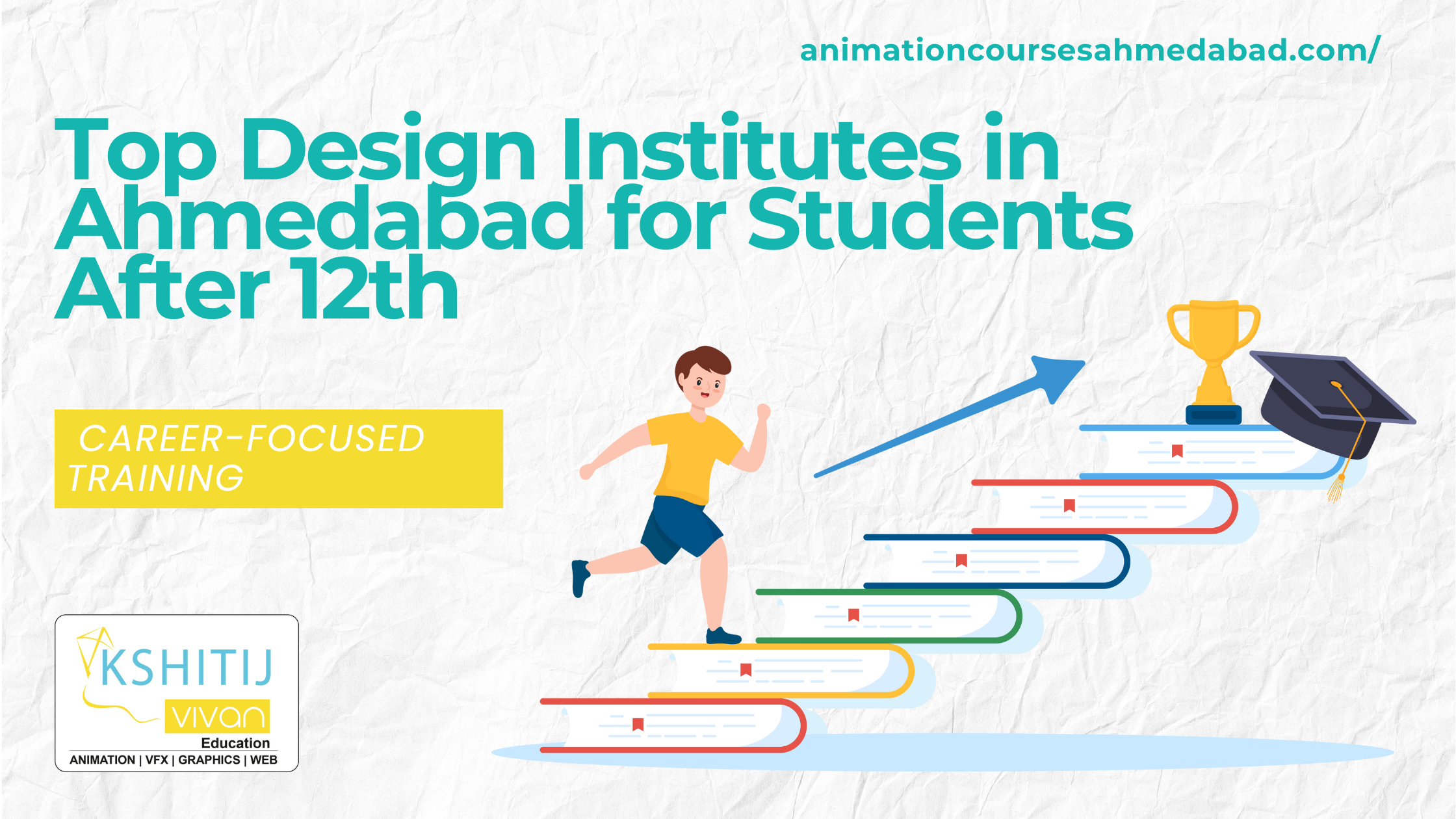
Visual Special Effects Techniques
Visual Special Effects Techniques in VFX
Visual special effects techniques are illusions used in the television, film, video game, theatre and simulator industries to simulate the imagined events in a virtual world. Special effects are divided into the categories of optical effects and mechanical effects. There are 7 Visual Special Effects Techniques, which are as below
Top 7 Visual Special Effects Techniques in VFX
1. Bullet Time
Bullet time is a visual effect or visual impression of detaching the time and space of a camera from that of its visible subject. It is a depth-enhanced simulation of variable-speed action and performance seen in films, broadcast advertisements, and real-time graphics within video games and other specialized media. It is characterized both by its total transformation of time and space. Technical and historical variations of this effect have been referred to as time slicing, view morphing, temps mort and virtual cinematography.
2. Computer Generated Imagery
CGI is the requisition of Computer Graphics to generate images in art, printed media, films, video games, shorts, television programs, videos, commercials. Additionally, the use of 2D CGI is often mistakenly referred to as “traditional animation”, most often in the case when dedicated animation software such as Adobe Flash is not used.
3. Motion Control Photography
Motion control photography is an approach used in motion photography which enables precise control of, & optionally allows repetition of, camera movements. It can be used to smooth individual effects in photography. The process can involve filming several elements using the same camera motion, and then composite the components into a single image. Also, Motion control camera rigs are used in photography with or without compositing.
4. Digital Compositing
Digital compositing is the process of digitally assembling the multiple images to make a final image, motion pictures or screen display. It is the digital analogue of optical film compositing. Compositing is the combining of optical, elements from varies sources into images, often to make the phantom that all those elements are parts of the same scene. Live-action shooting for compositing is variously called “chroma key”, “blue screen”, “green screen” and other names. Today, most, though not all, compositing is achieved through digital image manipulation.
5. Virtual Cinematography
The virtual cinematography is the set of cinematographic techniques executed in a graphics situation. These include a wide variety of subjects like photographing real objects, often with stereo or multi-camera setup, to recreate them as three-dimensional objects and algorithms for automated creation of real and simulated camera angles.
6. Matte Painting
A matte painting is a dyed representation of a set, landscape, or distant location which allows movie makers to create the illusion of an environment that is not present at the filming location. Matte painters and Film technicians used various techniques to combine a matte-painted image with live-action footage.
7. Stop Motion Animation
Stop motion is an animation technique that physically manipulates an object so that it appears to move on its own. Stop-motion animation using plasticize is called clay animation. Not all stop-motion requires figures or models, and many stop-motion films can involve using humans, household appliances and other things for comedic effect. Stop motion can also similarly use sequential drawing to traditional animation, such as a flip book. Stop action using humans is sometimes referred to as pixilation animation. Click on Link: Basic of Stop Motion Using After Effect
KSHITIJ VIVAN Design Academy encourages students to make creative Animation. A student from different parts of the cities such as Barmer and Jaisalmer joins Kshitij Vivan Animation Courses to learn various Animation Courses. Kshitij Vivaan offers career courses in Animation, VFX, graphics, web designing & gaming for students from different cities such as Amreli and Rajkot. KSHITIJ VIVAN helps these students get the best job placements according to their skills and talents to get the best start to their Professional Careers. One of our Student (Chirayu Shah) creates this Blog.



